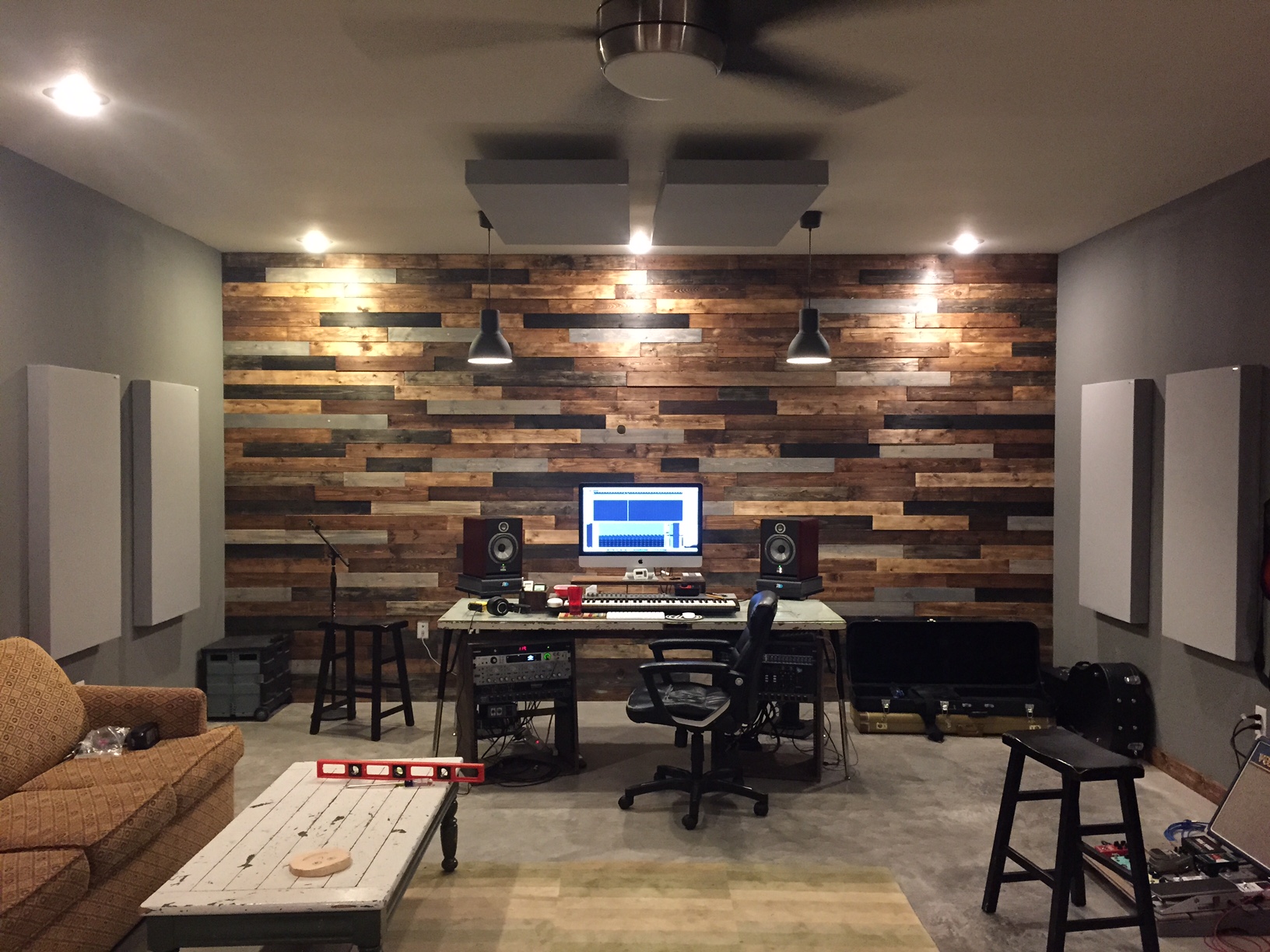Early reflection points, first reflection points, or “mirror point” are semi-technical terms used to describe a phenomenon common to all enclosed spaces no matter the size: direct sound from the loudspeakers will arrive at the listener’s ears before the reflected sound does.
How to find first reflection points
Early reflections are signals that have bounced off the walls, ceiling and floors and arrive at our listening position later in time, mixing with the direct signal. They are called early or first reflections because listening tests have shown that when multiple reflections are received within 20 milliseconds of the direct sound, they are perceived as part of the original. This alters the tonal balance and confuses vocals and dialog.
 Sound reflects not just off of the walls to the left and right, but off the floor, the ceiling and everything in-between. The direct sound then combines with the reflected sound either constructively or destructively to exaggerate or de-emphasize particular frequencies (comb filtering). Furthermore, this happens at multiple frequencies as they exit the loudspeakers and bounce along multiple planes off multiple surfaces of varying compositions and all arrive at the ears at different times and with different intensities. The result is the listener not being able to accurately hear what’s coming out of the speakers.
Sound reflects not just off of the walls to the left and right, but off the floor, the ceiling and everything in-between. The direct sound then combines with the reflected sound either constructively or destructively to exaggerate or de-emphasize particular frequencies (comb filtering). Furthermore, this happens at multiple frequencies as they exit the loudspeakers and bounce along multiple planes off multiple surfaces of varying compositions and all arrive at the ears at different times and with different intensities. The result is the listener not being able to accurately hear what’s coming out of the speakers.
The other issue with respect to early reflection points is the importance of room symmetry in terms of both shape and composition. A listener that is much closer to one wall than another is likely to experience a bloated sound stage on the near-wall side. A listening position situated between two surfaces that are very different with regard to reflectivity can face a variety of problems as different frequencies are reflected at different rates to the listener.
Both scenarios can certainly result in stereo imbalances where one side is “bigger” than the other whether the issue is one of proximity to one wall or another, comb filtering or phase-differential effects.
Though there are varying levels of severity based on a number of factors, early reflection points must be managed in every room where critical listening occurs. The consequences of not attending to them can be serious, as comb filtering typically causes the listener to make decisions he/she wouldn’t normally make with respect to EQ, positioning, speaker choice, etc. Of course, none of those avenues will provide a solution, and even if there is some improvement at one frequency, they will generally make another frequency worse, and any gains will be lost if the listener moves his/her head even a foot to the left or right.
From a treatment standpoint, in The Master Handbook of Acoustics, states there should be, “an effectively anechoic path between the monitor loudspeakers and the listener’s ears.” What they called “anechoic” is today called a reflection-free zone. The most obvious way to achieve an anechoic condition is through absorption. Though diffusion is sometimes the right solution in the context of a design that supports it, in most existing problematic spaces absorption is not only more effective, but also a simpler, less expensive option. 2″ thick panels made from rigid fiberglass or rockwool are the most common product used to treat reflection points, but 4″ panels are a great option when additional bass trapping is desired.
Usually panels are placed on the hard surfaces to the left and right of the mix position and also as a cloud on the ceiling above. Though the early reflection points can be located by geometrically calculating them using your speaker’s reflections dispersion characteristics, an easier way to do is by using the first reflection point “mirror trick”. Here’s how to do it:
Sit at your listening position as you normally would when listening or mixing. Starting with the left wall, have a friend hold a mirror up against the wall next at your speaker height, then move toward the back of the room. When you can see the reflection of the left speaker in the mirror, mark that spot. That’s your first reflection point. Continue moving down the wall, and when you can see the right speaker, mark that spot. That is your other reflection point. Switch walls and repeat. If you’re dealing with multiple seating locations, repeat this process for each seat.
In the end, early reflection points are fairly easy to treat. With just a little attention, this is an area that can be improved quickly, and an area where improvements reap audible rewards.
View our educational video on finding Early Reflection Points.




GIK Giveaway Viral Video Contest 2024
Room EQ Wizard TUTORIAL
How to set up and use REW In this video we show you how [...]
DIFFUSION Concepts Explained
How Acoustic Diffusers Work And Which One Is Right For You In this video [...]
Jan
The GIK Acoustic Advice
Get Your Room Sound Right For FREE! In this video we are giving a [...]
Jan
Designer Tips: The Significance of “Clouds” with Mike Major
When people reach out to us at GIK for acoustic advice, we never have any [...]
Jun
Designer Tips: The Importance of Coverage Area with James Lindenschmidt
The most important factor in acoustic treatment performance is coverage area. Or more specifically, the [...]
May
Designer Tips: Home Theaters and Acoustic Balance with John Dykstra
Without fail, one of the first things our clients say to us when we begin [...]
May
Summer Giveaway 2021 Vote
The GIK Acoustics Summer Giveaway Photo Contest 2021 invited customers to submit photos illustrating how [...]
Aug